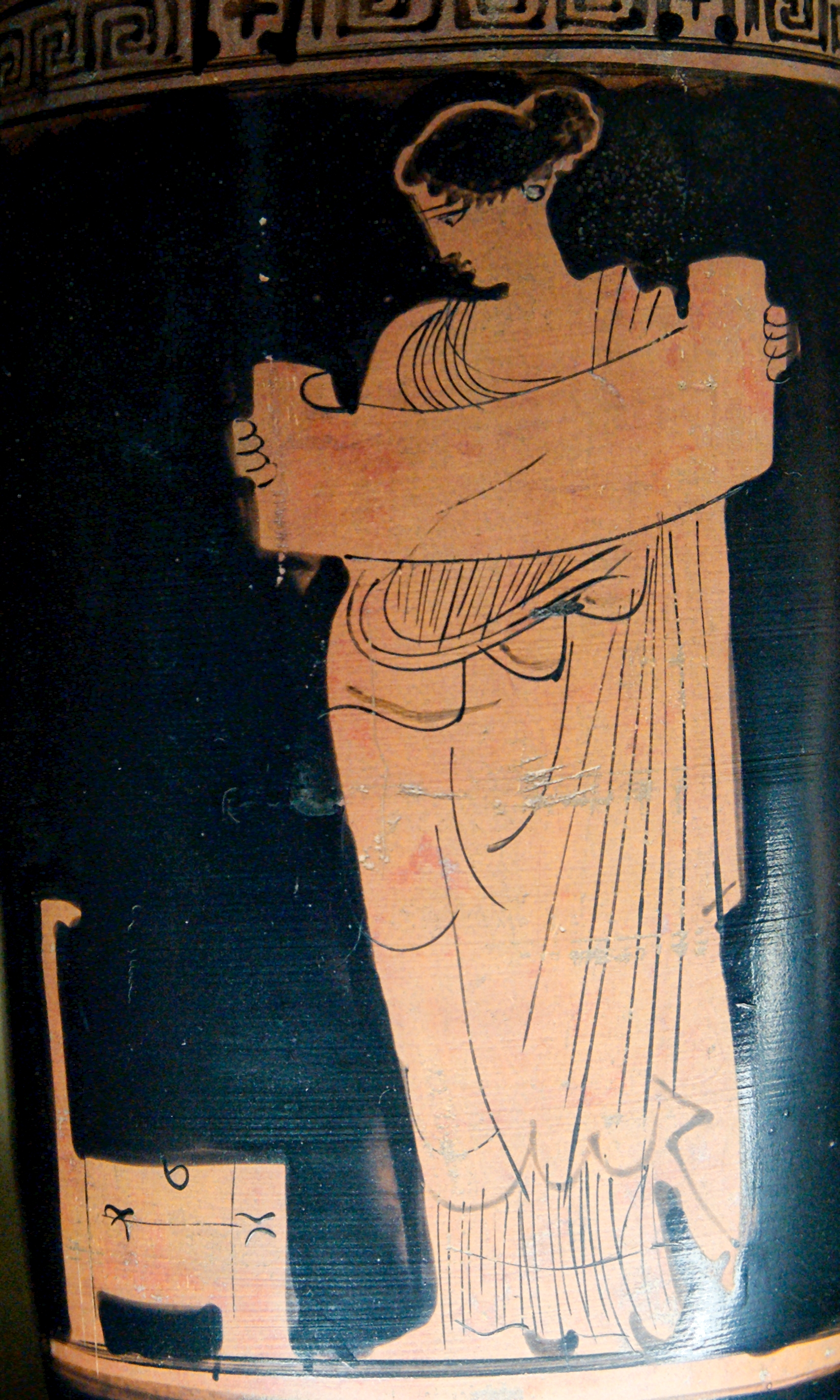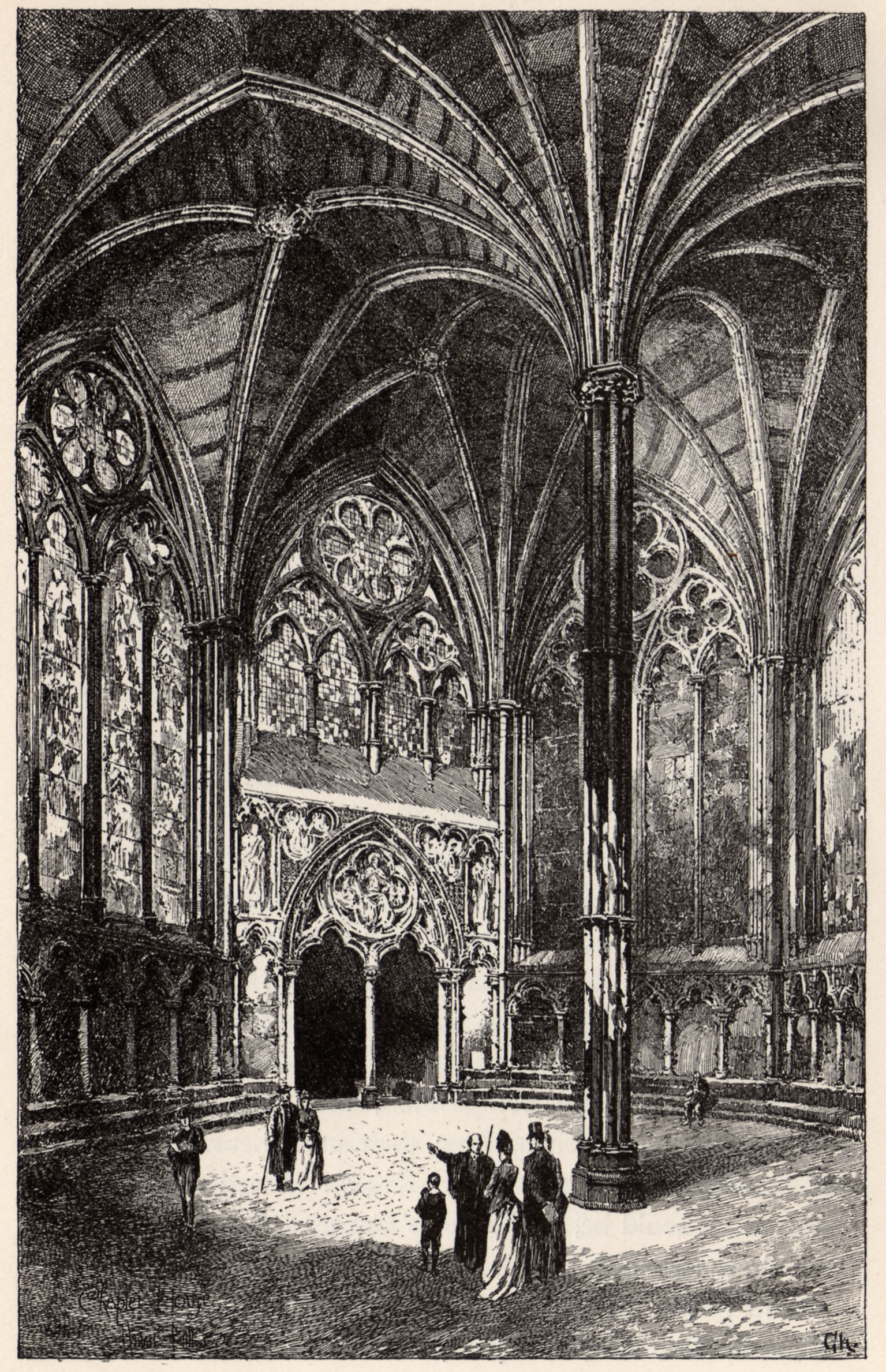|
Chesterfield House, Westminster
Chesterfield House was a grand London townhouse built between 1747 and 1752 by Philip Stanhope, 4th Earl of Chesterfield (1694–1773), statesman and man of letters. The exterior was in the Palladian style, the interior Baroque. It stood in Mayfair on the north side of Curzon Street, between South Audley Street and what is now Chesterfield Street. It was demolished in 1937 and on its site now stands an eponymous block of flats. The French travel writer Pierre-Jean Grosley in his 1770 book ''Londres'' (translated as ''Tour to London'') considered the house to be equal to the ''hotel particuliers'' of the nobility in Paris. History The house was built on land belonging to Richard Howe, 1st Earl Howe by Isaac Ware. In his "Letters to his Son", Chesterfield wrote from "Hotel Chesterfield" on 31 March 1749: "I have yet finished nothing but my ''boudoir'' and my library; the former is the gayest and most cheerful room in England; the latter the best. My garden is now turfed, pl ... [...More Info...] [...Related Items...] OR: [Wikipedia] [Google] [Baidu] |
Cannons (house)
Cannons was a stately home in Little Stanmore, Middlesex, England. It was built by James Brydges, 1st Duke of Chandos, between 1713 and 1724 at a cost of £200,000 (equivalent to £ today), replacing an earlier house on the site. Chandos' house was razed in 1747 and its contents dispersed. The name "Cannons" is an obsolete spelling of " canons" and refers to the Augustinian canons of St Bartholomew's Hospital, London, which owned the estate before the English Reformation. Cannons was the focus of the first Duke's artistic patronage – patronage which led to his nickname "The Apollo of the Arts". Brydges filled Cannons with Old Masters and Grand Tour acquisitions, and also appointed Handel as resident house composer from 1717 to 1718. Such was the fame of Cannons that members of the public flocked to visit the estate in great numbers and Alexander Pope was unjustly accused of having represented the house as "Timon's Villa" in his ''Epistle of Taste'' (1731). The Cannons es ... [...More Info...] [...Related Items...] OR: [Wikipedia] [Google] [Baidu] |
Muse
In ancient Greek religion and mythology, the Muses ( grc, Μοῦσαι, Moûsai, el, Μούσες, Múses) are the inspirational goddesses of literature, science, and the arts. They were considered the source of the knowledge embodied in the poetry, lyric songs, and myths that were related orally for centuries in ancient Greek culture. Melete, Aoede, and Mneme are the original Boeotian Muses, and Calliope, Clio, Erato, Euterpe, Melpomene, Polyhymnia, Terpsichore, Thalia, and Urania are the nine Olympian Muses. In modern figurative usage, a Muse may be a source of artistic inspiration. Etymology The word ''Muses'' ( grc, Μοῦσαι, Moûsai) perhaps came from the o-grade of the Proto-Indo-European root (the basic meaning of which is 'put in mind' in verb formations with transitive function and 'have in mind' in those with intransitive function), or from root ('to tower, mountain') since all the most important cult-centres of the Muses were on mountains o ... [...More Info...] [...Related Items...] OR: [Wikipedia] [Google] [Baidu] |
Bas-relief
Relief is a sculptural method in which the sculpted pieces are bonded to a solid background of the same material. The term '' relief'' is from the Latin verb ''relevo'', to raise. To create a sculpture in relief is to give the impression that the sculpted material has been raised above the background plane. When a relief is carved into a flat surface of stone (relief sculpture) or wood ( relief carving), the field is actually lowered, leaving the unsculpted areas seeming higher. The approach requires a lot of chiselling away of the background, which takes a long time. On the other hand, a relief saves forming the rear of a subject, and is less fragile and more securely fixed than a sculpture in the round, especially one of a standing figure where the ankles are a potential weak point, particularly in stone. In other materials such as metal, clay, plaster stucco, ceramics or papier-mâché the form can be simply added to or raised up from the background. Monumental bronze relief ... [...More Info...] [...Related Items...] OR: [Wikipedia] [Google] [Baidu] |
Palace Of Versailles
The Palace of Versailles ( ; french: Château de Versailles ) is a former royal residence built by King Louis XIV located in Versailles, about west of Paris, France. The palace is owned by the French Republic and since 1995 has been managed, under the direction of the French Ministry of Culture, by the Public Establishment of the Palace, Museum and National Estate of Versailles. Some 15,000,000 people visit the palace, park, or gardens of Versailles every year, making it one of the most popular tourist attractions in the world. Louis XIII built a simple hunting lodge on the site of the Palace of Versailles in 1623 and replaced it with a small château in 1631–34. Louis XIV expanded the château into a palace in several phases from 1661 to 1715. It was a favorite residence for both kings, and in 1682, Louis XIV moved the seat of his court and government to Versailles, making the palace the ''de facto'' capital of France. This state of affairs was continued by Kings Louis XV ... [...More Info...] [...Related Items...] OR: [Wikipedia] [Google] [Baidu] |
Charles James Fox
Charles James Fox (24 January 1749 – 13 September 1806), styled ''The Honourable'' from 1762, was a prominent British Whig statesman whose parliamentary career spanned 38 years of the late 18th and early 19th centuries. He was the arch-rival of the Tory politician William Pitt the Younger; his father Henry Fox, 1st Baron Holland, a leading Whig of his day, had similarly been the great rival of Pitt's famous father, William Pitt, 1st Earl of Chatham ("Pitt the Elder"). Fox rose to prominence in the House of Commons as a forceful and eloquent speaker with a notorious and colourful private life, though at that time with rather conservative and conventional opinions. However, with the coming of the American War of Independence and the influence of the Whig Edmund Burke, Fox's opinions evolved into some of the most radical to be aired in the British Parliament of his era. Fox became a prominent and staunch opponent of King George III, whom he regarded as an aspiring tyrant ... [...More Info...] [...Related Items...] OR: [Wikipedia] [Google] [Baidu] |
William Pitt The Younger
William Pitt the Younger (28 May 175923 January 1806) was a British statesman, the youngest and last prime minister of Great Britain (before the Acts of Union 1800) and then first Prime Minister of the United Kingdom, prime minister of the United Kingdom (of Great Britain and Ireland) as of January 1801. He left office in March 1801, but served as prime minister again from 1804 until his death in 1806. He was also Chancellor of the Exchequer for all of his time as prime minister. He is known as "Pitt the Younger" to distinguish him from his father, William Pitt, 1st Earl of Chatham, who had previously served as prime minister and is referred to as "William Pitt the Elder" (or "Chatham" by historians). Pitt's prime ministerial tenure, which came during the reign of King George III of the United Kingdom, George III, was dominated by major political events in Europe, including the French Revolution and the Napoleonic Wars. Pitt, although often referred to as a Tory (British polit ... [...More Info...] [...Related Items...] OR: [Wikipedia] [Google] [Baidu] |
Edward Walford
Edward Walford (1823–1897) was a British magazine editor and a compiler of educational, biographical, genealogical and touristic works, perhaps best known for his 6 Volumes of ''Old and New London'' (the first two of which were written by Walter Thornbury), 1878. Life Walford, second son of William Walford of Hatfield Peverel, Essex, matriculated at the University of Oxford on 28 November 1840, aged 17. He was a scholar at Balliol College, Oxford 1841-1847 (B.A. 1845, M.A. 1847), and an ordained clergyman of the Church of England (deacon 1846, priest 1847). He was awarded the Chancellor's Prize for Latin verse in 1843, and the Denyer Theological Prize in 1848 and 1849. After leaving the university, he was employed as an assistant master of Tonbridge School, but in 1853 converted to Catholicism, and began to earn his living from writing and editorial work. He returned to the Church of England in 1860, but again became a Catholic in 1871. He died at Ventnor on 20 November 1897 ... [...More Info...] [...Related Items...] OR: [Wikipedia] [Google] [Baidu] |
Dean And Chapter Of Westminster
The Dean and Chapter of Westminster are the ecclesiastical governing body of Westminster Abbey, a collegiate church of the Church of England and royal peculiar in Westminster, Greater London. They consist of the dean and several canons meeting in chapter and are also (less frequently) known as the Dean and Canons of Westminster. Foundation The first college of canons was established by letters patent on 17 December 1540 by Henry VIII. Under the Bishop of Westminster of the newly created Diocese of Westminster, there was a dean and 12 canons, six of whom were former monks of the abbey. They survived the dissolution of the diocese in 1550, becoming a second cathedral of the Diocese of London until 1556 when the college was dissolved by Mary I. The second college of canons was established on 21 May 1560 by Elizabeth I, this time as a royal peculiar. From 16 November 1645 the dean and canons were dispersed, and a committee of the Lords and Commons from the Long Parliament governed. ... [...More Info...] [...Related Items...] OR: [Wikipedia] [Google] [Baidu] |
Robert Walpole
Robert Walpole, 1st Earl of Orford, (26 August 1676 – 18 March 1745; known between 1725 and 1742 as Sir Robert Walpole) was a British statesman and Whig politician who, as First Lord of the Treasury, Chancellor of the Exchequer, and Leader of the House of Commons, is generally regarded as the ''de facto'' first Prime Minister of the United Kingdom, Prime Minister of Great Britain. Although the exact dates of Walpole's dominance, dubbed the "Robinocracy", are a matter of scholarly debate, the period 1721–1742 is often used. He dominated the Walpole–Townshend ministry, as well as the subsequent Walpole ministry, and holds the record as the List of prime ministers of the United Kingdom by length of tenure, longest-serving British prime minister. W. A. Speck wrote that Walpole's uninterrupted run of 20 years as prime minister "is rightly regarded as one of the major feats of British political history. Explanations are usually offered in terms of his expert handling of ... [...More Info...] [...Related Items...] OR: [Wikipedia] [Google] [Baidu] |
English Country House
An English country house is a large house or mansion in the English countryside. Such houses were often owned by individuals who also owned a town house. This allowed them to spend time in the country and in the city—hence, for these people, the term distinguished between town and country. However, the term also encompasses houses that were, and often still are, the full-time residence for the landed gentry who ruled rural Britain until the Reform Act 1832. Frequently, the formal business of the counties was transacted in these country houses, having functional antecedents in manor houses. With large numbers of indoor and outdoor staff, country houses were important as places of employment for many rural communities. In turn, until the agricultural depressions of the 1870s, the estates, of which country houses were the hub, provided their owners with incomes. However, the late 19th and early 20th centuries were the swansong of the traditional English country house lifest ... [...More Info...] [...Related Items...] OR: [Wikipedia] [Google] [Baidu] |






.jpg)